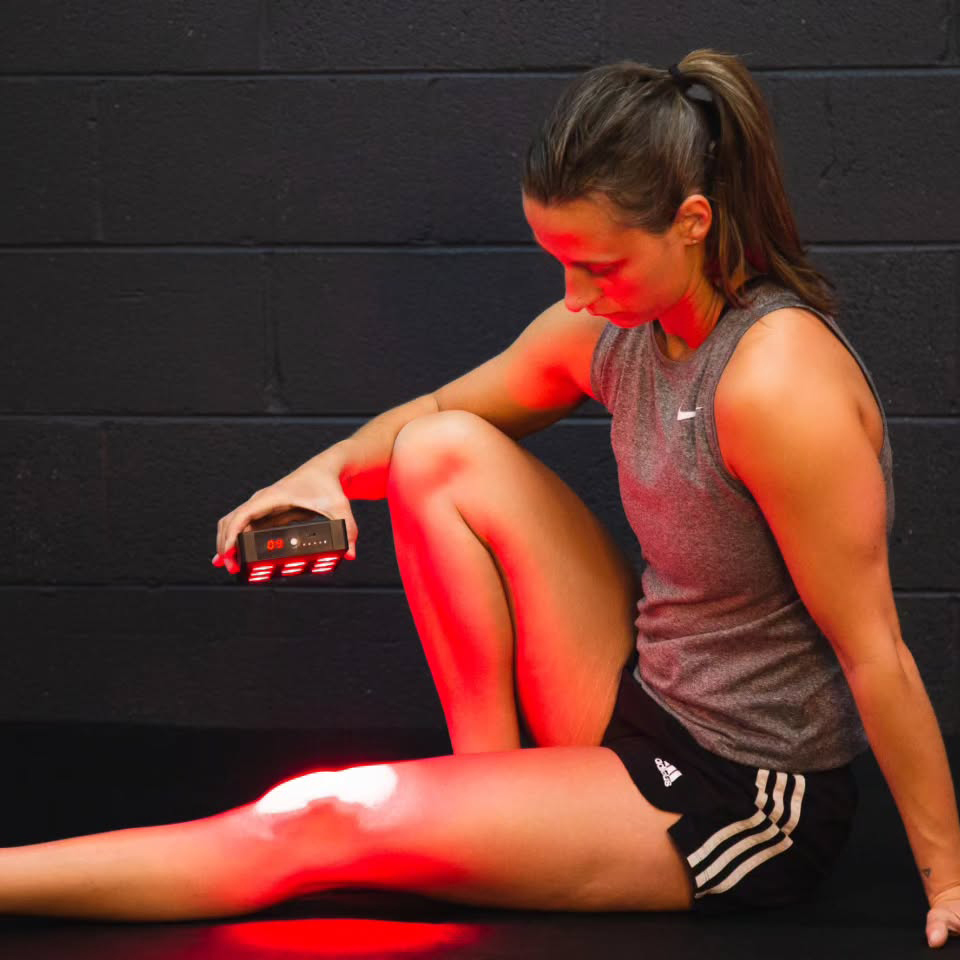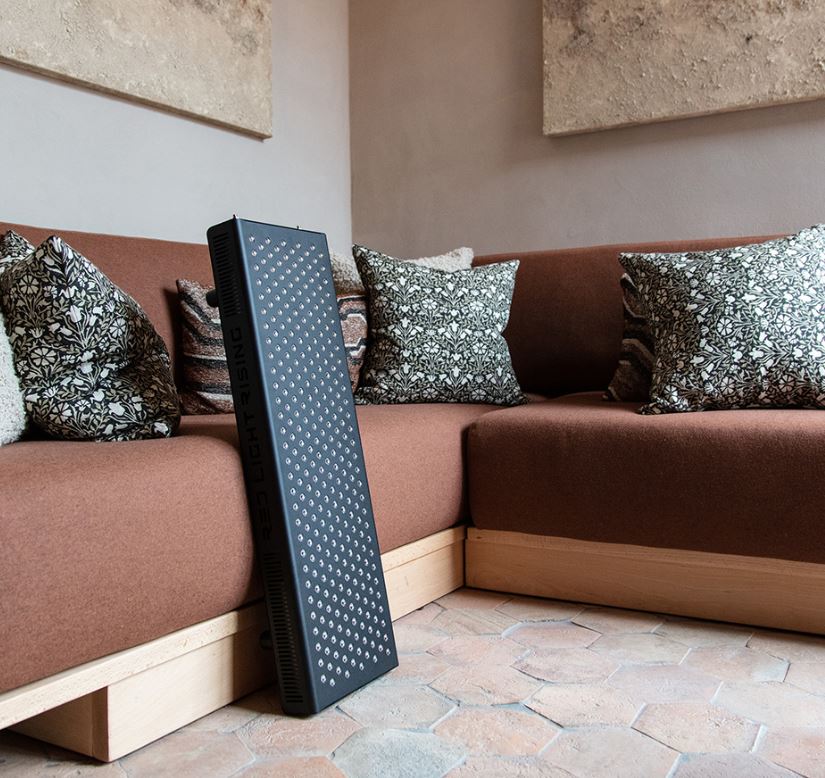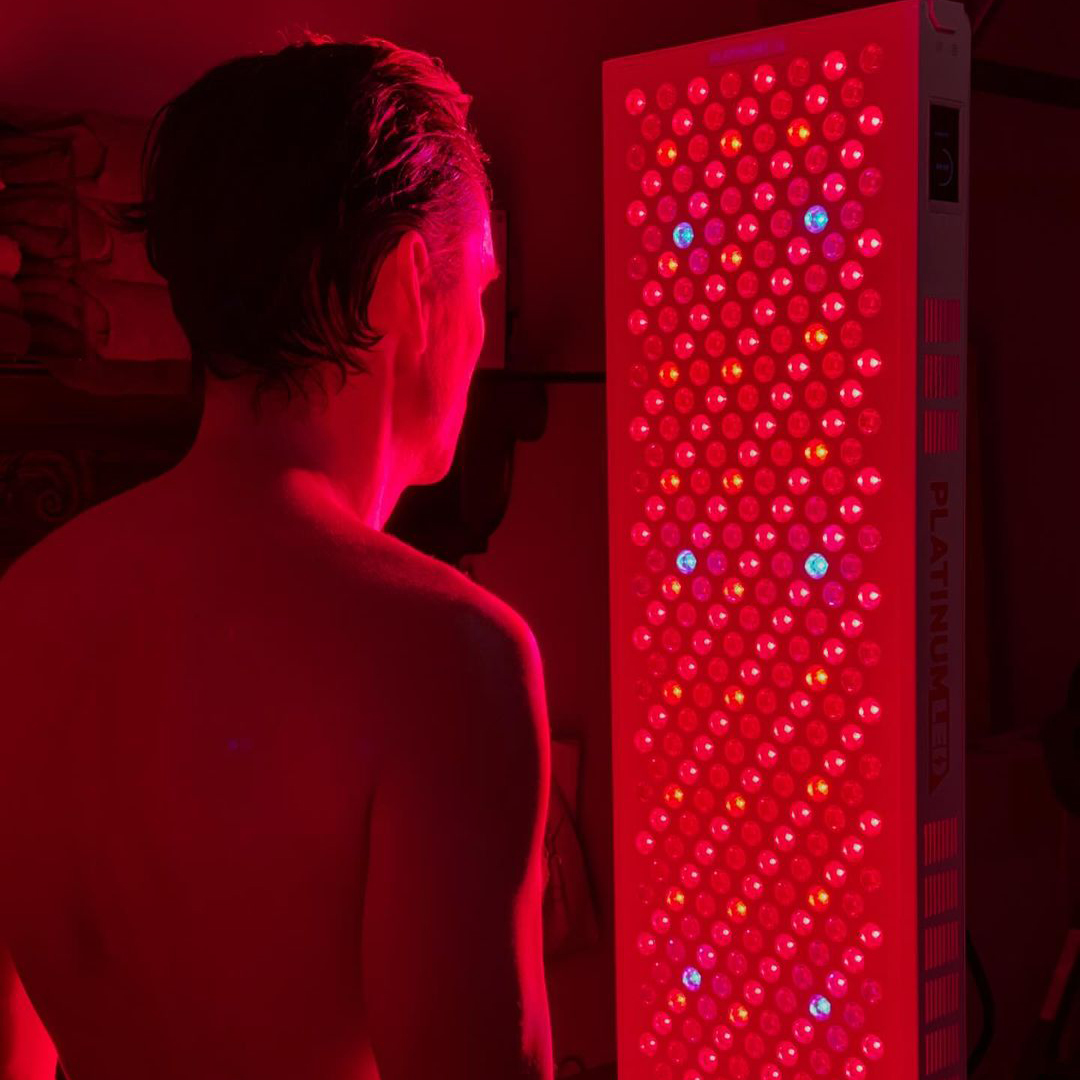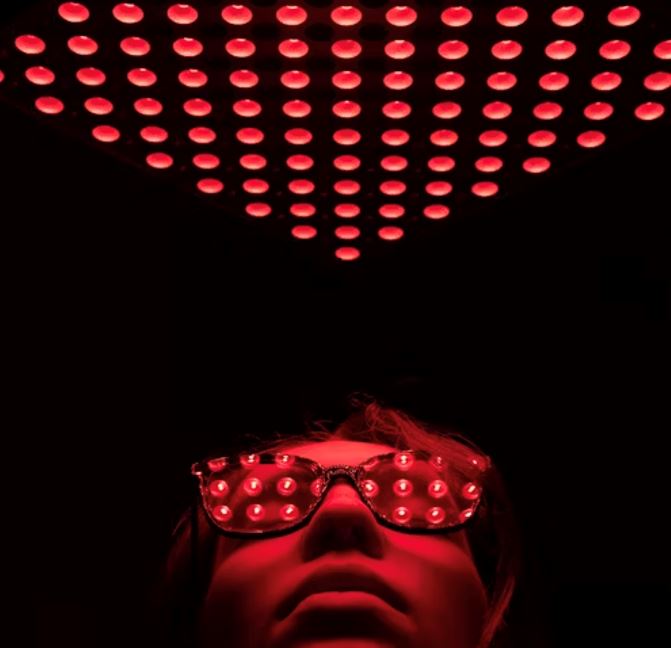![]() Free Shipping
Free Shipping ![]() Buy Now, Pay Later
Buy Now, Pay Later ![]() Eligible
Eligible
The Emerging Role of Red-Light Therapy in Pelvic Floor Rehabilitation
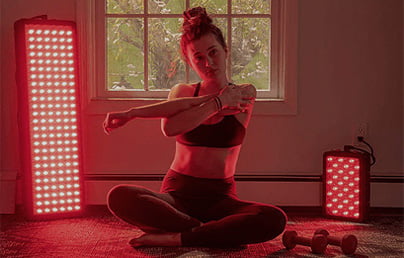
Introduction: A New Frontier in Pelvic Health
Pelvic floor dysfunction affects millions of people worldwide, yet it remains a topic shrouded in discomfort and misunderstanding. Conditions like urinary incontinence, pelvic pain, prolapse, and sexual dysfunction can significantly impact quality of life. Traditional treatments—such as physical therapy, medications, and surgery—have been the go-to solutions, but emerging research suggests that red-light therapy (RLT) could revolutionize pelvic floor rehabilitation.
But what exactly is red-light therapy, and how can it help with pelvic floor issues? This article explores the science behind RLT, its potential benefits for pelvic health, and why it might be the next big breakthrough in rehabilitation.
What Is Red-Light Therapy?
Red-light therapy, also known as photobiomodulation (PBM), involves exposing the body to low-wavelength red or near-infrared light. Unlike ultraviolet (UV) light, which can damage skin cells, red and near-infrared light penetrate deep into tissues without causing harm. Instead, they stimulate cellular repair, reduce inflammation, and enhance circulation.
How Does It Work?
- Boosts Mitochondrial Function: The light energy is absorbed by mitochondria (the cell’s powerhouse), increasing ATP (energy) production.
- Reduces Inflammation: It suppresses inflammatory cytokines, helping with pain and swelling.
- Enhances Blood Flow: Improved circulation means faster healing and tissue repair.
- Stimulates Collagen Production: Essential for tissue strength and elasticity.
Originally used for wound healing and skin rejuvenation, RLT is now being explored for musculoskeletal recovery, nerve regeneration, and—most intriguingly—pelvic floor rehabilitation.
The Pelvic Floor: A Complex and Overlooked Muscle Group
The pelvic floor is a network of muscles, ligaments, and connective tissues that support the bladder, uterus, prostate, and rectum. When these muscles weaken or become dysfunctional, common issues arise:
- Urinary or fecal incontinence
- Pelvic organ prolapse
- Chronic pelvic pain (e.g., vulvodynia, prostatitis)
- Painful intercourse (dyspareunia)
- Postpartum recovery challenges
Traditional treatments include Kegel exercises, biofeedback, electrical stimulation, and surgery. However, not all patients respond well, and some therapies can be invasive or uncomfortable.
This is where red-light therapy comes in—offering a non-invasive, drug-free alternative that may accelerate healing and improve muscle function.
How Red-Light Therapy Benefits Pelvic Floor Rehabilitation
1. Accelerates Tissue Repair and Strengthens Muscles
Studies show that RLT enhances muscle recovery by increasing collagen synthesis and reducing oxidative stress. For postpartum women or post-surgical patients, this could mean faster healing of perineal tears or incisions.
2. Reduces Inflammation and Pain
Chronic pelvic pain syndromes (like interstitial cystitis or endometriosis) involve inflammation. RLT has been shown to decrease pro-inflammatory markers, offering relief without medication.
3. Improves Blood Flow to the Pelvic Region
Poor circulation contributes to pelvic floor dysfunction. By enhancing microcirculation, RLT may help restore muscle elasticity and nerve function.
4. Supports Nerve Regeneration
Pelvic nerve damage (from childbirth, surgery, or trauma) can lead to incontinence or pain. Research suggests that near-infrared light promotes nerve repair, potentially improving bladder and bowel control.
5. Enhances Sexual Function
For both men and women, pelvic floor health is linked to sexual wellness. RLT may improve blood flow to genital tissues, aiding conditions like erectile dysfunction or vaginal atrophy.
VELLGUS Elite V2
THE #1 RATED RED LIGHT DEVICE
VELLGUS pro V2
THE #1 RATED FULL BODY RED LIGHT DEVICE
Clinical Evidence: What Does the Research Say?
While research on RLT for pelvic health is still emerging, promising studies include:
- A 2020 study in Lasers in Medical Science found that RLT significantly reduced pain in women with vulvodynia.
- A 2021 trial in Photomedicine and Laser Surgery reported improved urinary incontinence in postmenopausal women after red-light treatment.
- Animal studies have shown that near-infrared light accelerates healing of pelvic floor injuries by promoting tissue regeneration.
Though more human trials are needed, early results suggest RLT could be a game-changer for pelvic rehabilitation.
How to Use Red-Light Therapy for Pelvic Floor Health
RLT can be administered in clinical settings or at home with FDA-cleared devices. Common methods include:
- Professional Treatments: Physical therapists or pelvic health clinics may offer targeted RLT sessions.
- At-Home Devices: Wearable pads or handheld devices designed for pelvic use (always follow safety guidelines).
- Combination Therapy: Used alongside Kegels, biofeedback, or electrical stimulation for enhanced results.
Safety Considerations
- Avoid overuse (follow recommended session lengths).
- Consult a healthcare provider if pregnant or with a history of cancer.
- Ensure devices are FDA-cleared for pelvic use.
The Future of Pelvic Floor Care: A Brighter (Red) Light Ahead
As awareness grows, red-light therapy could become a standard adjunct therapy in pelvic rehabilitation. Its non-invasive nature, lack of side effects, and broad applicability make it an exciting option for those struggling with pelvic floor disorders.
Final Thoughts
If you’ve tried traditional therapies with limited success, red-light therapy might offer a new path to relief. Always consult a pelvic health specialist to determine if RLT is right for you—but the future of pelvic care is looking brighter (and redder) than ever.
Have You Tried Red-Light Therapy? Share Your Experience!
Have you experimented with RLT for pelvic health? What were your results? Drop a comment below—we’d love to hear your story!





